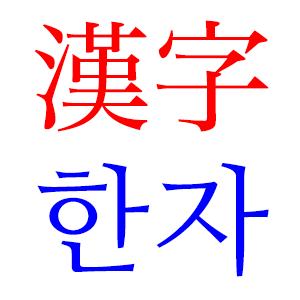Translation of Oriental Languages

The Oriental markets are emerging in the world as competitive and sought after. The Translation of oriental languages therefore has become crucial. For those who believe that language translation is simply a case of converting one language to another is sadly misguided especially where oriental languages are concerned. Every language has its own structure, phraseology and particular nuances. Dealing with detailed documents and manuals in translation means ensuring compatibility of text. One phrase in English may be completely misunderstood in another language. The oriental languages are very different in structure than English and other European languages. Alphabets are different, and, in some countries the text is written from right to left as in Arabic and Hebrew.
In Chinese the language is very different from that of our own and therefore difficult to translate. In Chinese writing for instance there are no letters and no alphabet. It consists of symbols that are used to represent words. The symbols cannot be broken down into smaller compartments in order to construct a new word. The translation of the language therefore represents a huge task when translating from English to Chinese or vice versa. Chinese written language and Japanese is structured from top to bottom.
The most pre-dominant oriental languages are Japanese, Chinese (simplified and traditional) and Korean. Traditional Chinese is the language spoken in Hong Kong, Taiwan and Macao, whilst simplified Chinese is spoken in the Peoples Republic of China and Singapore and is the official language of the United Nations.
It is easy to see why oriental language translation is something which requires diligence to detail so that meaning is not lost during the language translation and should only be undertaken with a native speaker who has a full knowledge of English, its particular nuances and how to make that compatible with the oriental language translation.
As discussed above, in China there are differences between simplified Chinese and traditional Chinese which involves different volumes of characters. Simplified Chinese has about 8000, whilst traditional can use around 13000. Only a certain number of characters are common in both languages. Again, this reinforces the need for expert native speaking oriental language translators.
The formatting required for oriental language translation is inherently different from English requiring different font sets. Oriental language scripts use about 2000 or more characters as opposed to European languages which only require about 200. The encoding systems therefore have to be developed accordingly to accommodate the large number of characters. To deal with oriental language translation online it is necessary to use Input Method Editors which is an operating system or program that can translate characters and symbols which are not found on the Latin alphabet system.
It will be very clear that oriental language translation is certainly not something which can be viewed as simple. It is time consuming, requires the right and well educated native language speaker who can provide the compatible translation if the message is to be understood and, there is also a need for the right input systems to accommodate the oriental language. business in Asia is fast moving and it is a market worth garnering so to consider the appropriate oriental language translation is paramount.

Related posts:
